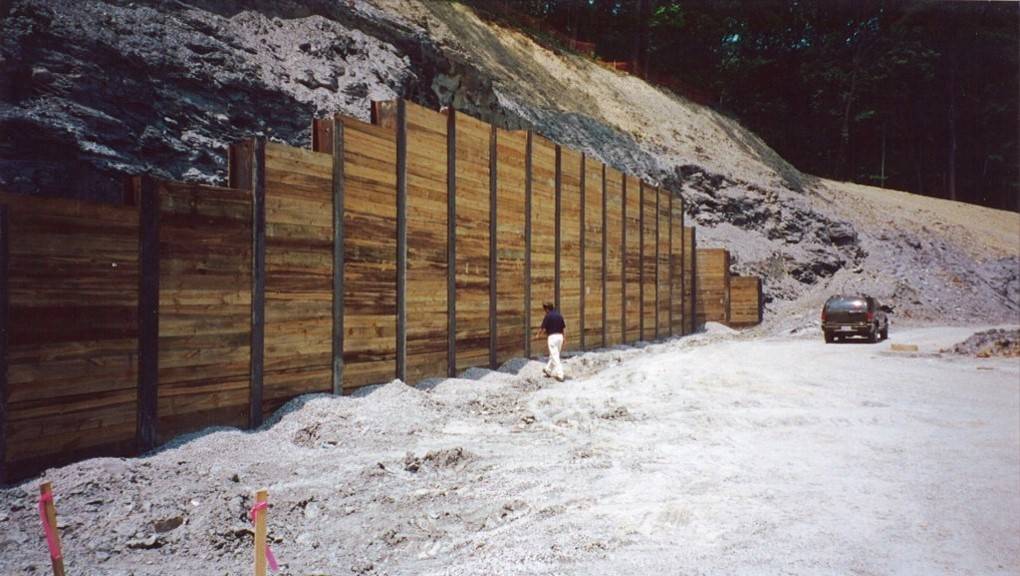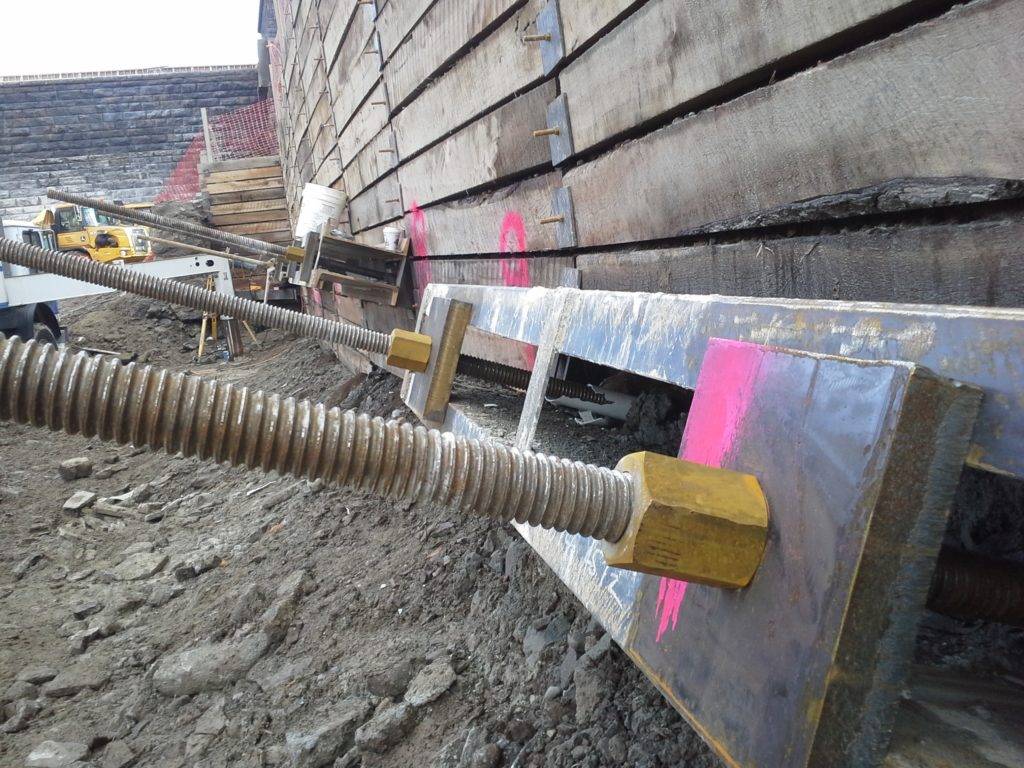When you first hear the term ‘soldier pile walls’ various things may come to mind, especially for those of you who are new to this. But they’re not what you think they are.
What Exactly are Soldier Pile walls?

Soldier pile walls are a type of wall system that is made up of large rocks or stones like what you would use to create a bubbling rock fountain stacked on top of each other within a H frame, in order to create an effective barrier against intruders. They can be found all over the world but most commonly in mountainous regions where there’s plenty of space to build them. One famous example is the Great Wall of China, in its very early stages it was built as soldier pile walls in various segments.
Soldier pile walls were originally built by soldiers as protection from enemy attacks during wars. However, these days they have become popular among homeowners because they provide great security without having to spend much money.
These days, a soldier pile is a common retaining wall design in which H-shaped steel beams (pilings) are drilled deeply into the ground at regular intervals. Between each vertical piling, horizontal supports and concrete panels, or even wooden panels fill the gaps, helping to spread the weight and fill in any void space.
They also are used to create lagging wall supports. They are usually made from precast concrete, steel girders, or pressure treated wood.
 Where Are Soldier Pile Walls Used?

The usages of a soldier pile wall range from short-term temporary support for construction and deep excavation projects to more permanent construction solutions. Almost always being built in successive stages, soldier piles and lagging walls are well suited for both residential and commercial use for the following:
- Educational buildings
- Historical buildings
- Retail buildings
- Office buildings
- Manufacturing plants
- Power stations
- Government facilities
- Department of Transportation projects
- Home construction
- Foundation repairs
- Archaeological digs
Advantages of Soldier Pile Walls
Soldier pile walls and horizontal lagging methods are generally are used for slope stabilization, earth retention or remediation and have proven to be an efficient and cost effective solution. Some of the many advantages the offer include:
1. Easy To Build – The main advantage of using a soldier pile wall is that it is easy to construct. It does require some skill and experience when building one but once completed, it won’t take long before your soldier pile wall becomes sturdy enough to withstand heavy loads.
2. Durable – A good quality soldier pile wall should last many years if properly maintained. This means that even after several decades, it still remains strong and stable.
3. Cost Effective – When compared to traditional masonry walls, a soldier pile wall costs less than half the price. In addition, it requires no mortar so it saves time and energy.
4. Versatile – As mentioned above, a soldier piles have been around since ancient times. So it comes as no surprise that it offers versatility as well as flexibility of construction materials.
5. Soil type – Some types of soil hinder the use of a more conventional construction process, soldier pile walls however can be used in almost any soil type.
Disadvantages of Soldier Pile Walls
Despite these advantages of soldier piles and lateral lagging, this solution is not always a viable option for every project.
When working with less favorable soil conditions, such as soft clays or sand, it is usually a better choice to utilize one of the other earth-retention techniques. Soldier piles can withstand tremendous lateral earth pressure, but only when correctly drilled into compacted soil.
There are limitations to how high you can build a soldier pile. You can even build them higher than 12 feet, but then they start to be unstable. You can use more materials to make them stronger, but then they start losing their cost advantage.
Call a Pro

Constructing this type of retaining walls is a fairly simple process, but it is still not something you can do yourself. Even if you use it on a limited basis. You need professional help.
Before starting construction, a qualified professional must perform detailed soil analysis in addition structural load analyses must also be performed. The equipment used is highly specialized and requires extensive training, and in many states, licensing and certification requirements.
Failure to properly construct a retaining wall can easily result in personal injury or extensive property damages. In some instances, improperly constructed soldier piles can even lead to death.
In short if you want something durable then go with a soldier pile wall, however in contrast to building your own brick wall, this is 100% not a DIY kind of wall. Get a professional contractor!
